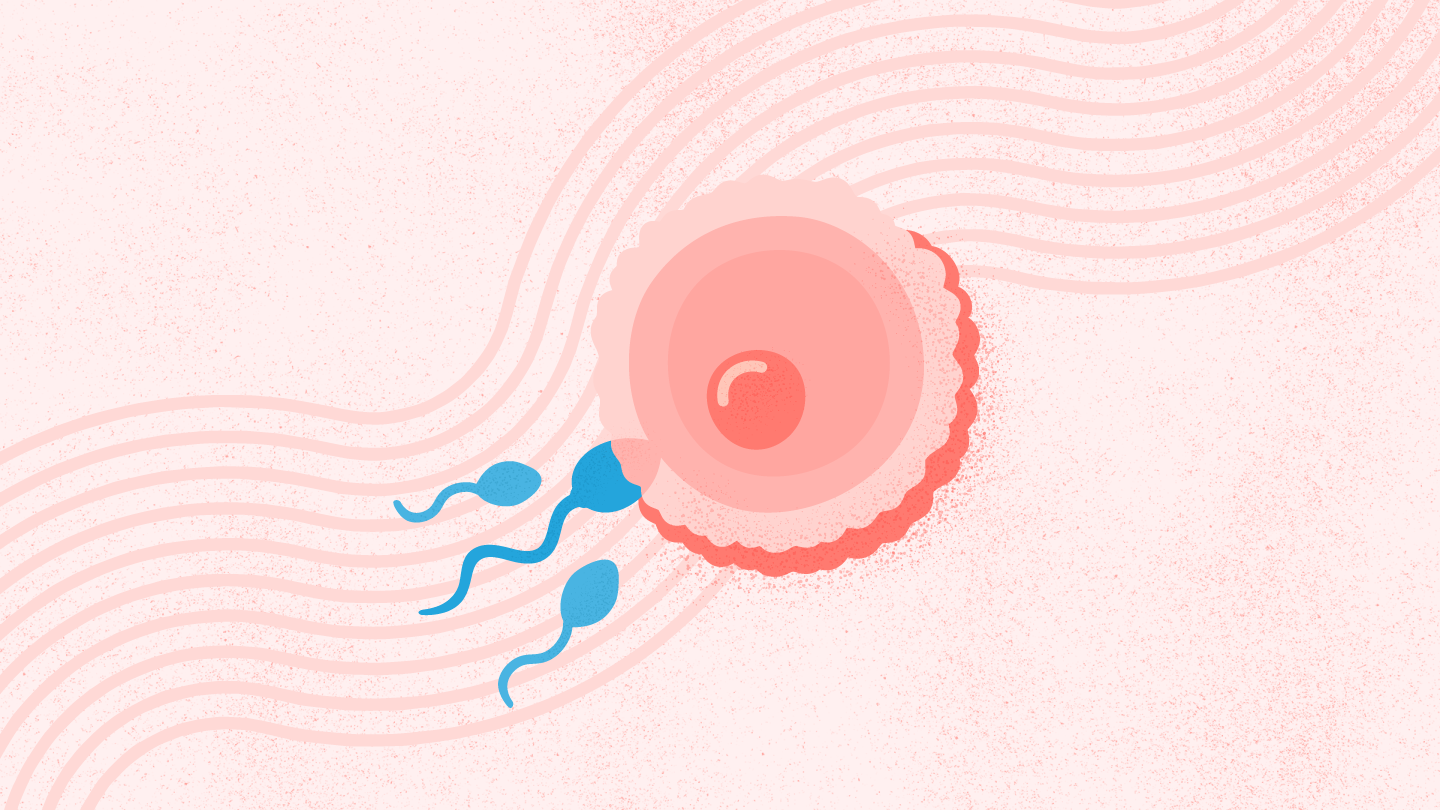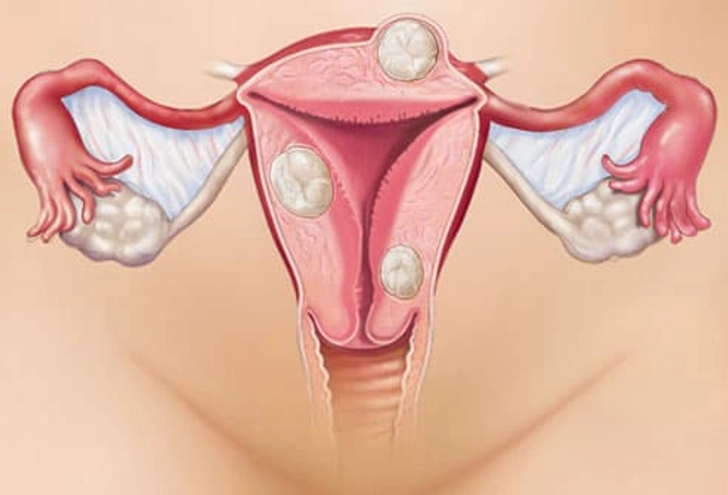

Endometriosis is a silent yet disruptive condition that affects millions of women globally. It’s a chronic, often painful disorder in which tissue similar to the lining of the uterus grows outside the uterus, leading to inflammation, scar tissue formation, and a host of troubling symptoms. For many women, it causes not just physical discomfort but emotional and reproductive challenges as well.
Despite being so common, endometriosis is frequently misunderstood or misdiagnosed. Many women endure years of unexplained pain before getting the answers they need. Understanding the causes, symptoms, and treatment options is the first step toward effective management—and a better quality of life.
Endometriosis occurs when endometrial-like tissue (normally found lining the inside of the uterus) implants and grows outside the uterine cavity. This tissue responds to the menstrual cycle just like the uterine lining—thickening, breaking down, and bleeding—but it has nowhere to exit the body. As a result, it causes:
Endometriosis is most often found on the ovaries, fallopian tubes, pelvic lining, and the outer surface of the uterus. In more advanced cases, it may spread to the bladder, intestines, and other organs.
The exact cause of endometriosis remains unknown, but several theories and risk factors have been proposed:
Symptoms can vary widely—from mild to debilitating—and some women may be asymptomatic.
It’s important to note that the severity of symptoms does not always correlate with the extent of the disease. Some women with mild endometriosis experience severe pain, while others with advanced disease may have few or no symptoms.
Because symptoms mimic those of other conditions, diagnosis can be delayed by years. Here’s how healthcare professionals typically diagnose endometriosis:
A detailed review of menstrual history, pain symptoms, and family background.
To detect abnormalities like cysts or scarring, though this may not be conclusive.
A minimally invasive surgical procedure that allows direct visualization and biopsy of endometrial implants. It also allows treatment during the same procedure.
Endometriosis is staged from I (minimal) to IV (severe), based on the location, extent, and depth of the implants and presence of scar tissue.
Medical therapy aims to relieve symptoms and reduce recurrence. It doesn’t cure the condition, but it can significantly improve quality of life.
Used to suppress menstruation and limit the growth of endometrial-like tissue:
Hormonal therapy may cause side effects such as hot flashes, mood changes, and bone loss (with long-term GnRH use). “Add-back” therapy (low-dose estrogen/progestin) is sometimes used to reduce side effects.
Surgery is often considered for women who:
Surgery improves pain and may enhance fertility but recurrence is possible. It is best performed by an experienced gynecologic surgeon.
Endometriosis can lead to infertility by:
Even after successful treatment, endometriosis can return. Ongoing management includes:
Menopause may naturally reduce symptoms due to hormonal decline.
Endometriosis doesn’t just affect the body—it impacts mental and emotional well-being. Many women report:
Consult a gynaecologist or women’s health specialist if you experience:
There is no known cure, but symptoms can be effectively managed with medical or surgical treatment.
Yes, many women conceive naturally or with the help of fertility treatments.
It depends on your symptoms, age, fertility goals, and disease severity. Treatment is often individualised.
No, but it can severely affect quality of life if untreated.
Often, yes. Menopause usually causes symptoms to decline due to a drop in estrogen levels.
Endometriosis is a complex, often misunderstood condition—but it’s not a life sentence. With timely diagnosis and personalized treatment, women can manage symptoms, protect their fertility, and live a full, empowered life. If you or someone you know is struggling with unexplained pelvic pain or reproductive issues, seek expert help. Relief, answers, and support are available.